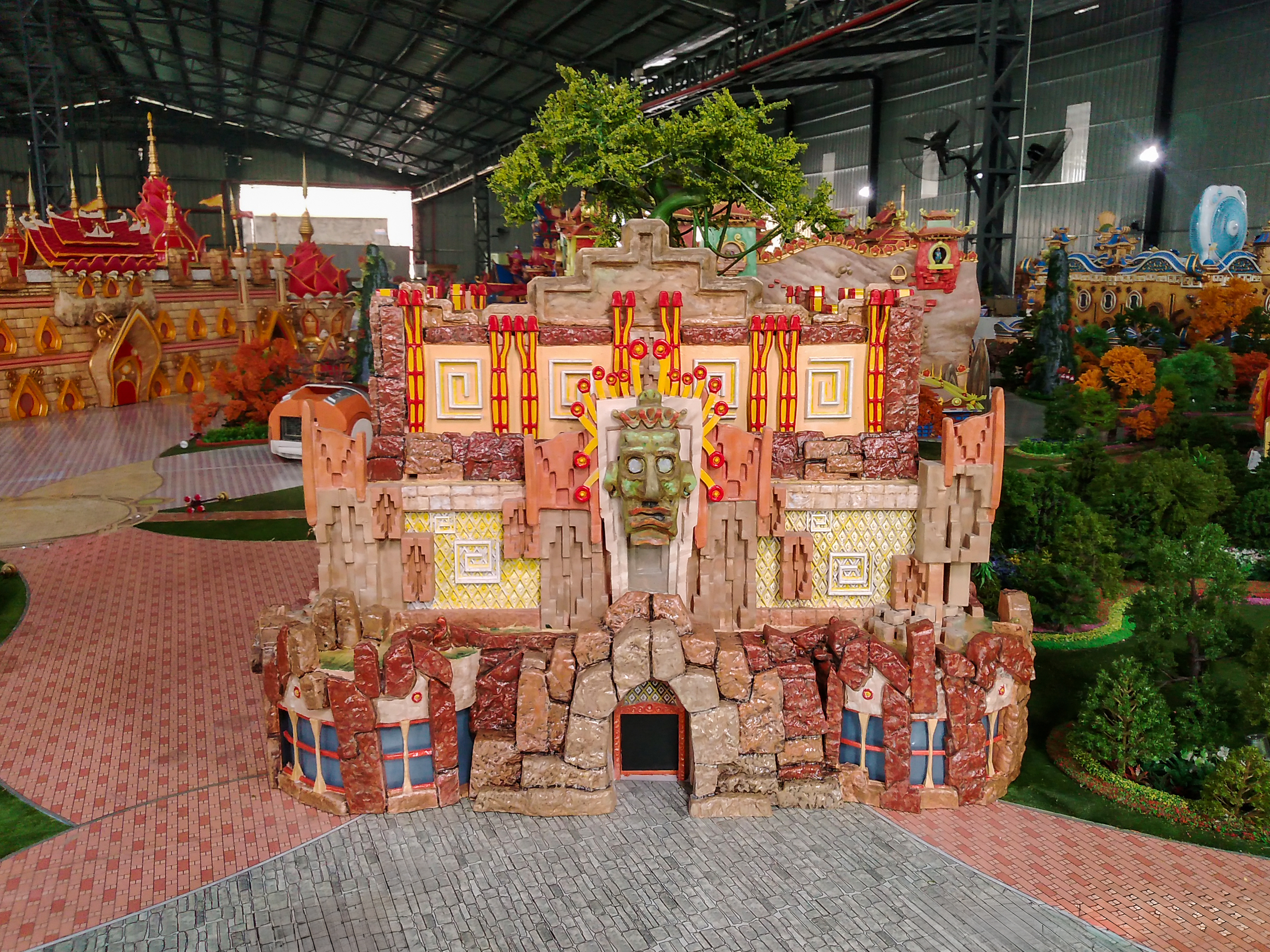Challenges of Traditional Craftsmanship in Architectural Model Making:
1.Time-Consuming: Traditional methods of creating architectural models involve a lot of manual work, such as cutting, carving, and assembling materials like wood, foam, or plastic, which can take a lot of time, especially for complex designs.
2.Accuracy and Detail Limitations: Achieving precise and intricate details with traditional techniques can be challenging, especially for small-scale models or designs with complex geometries.
3.Material Constraints: Traditional methods rely on specific materials, and it can be difficult to replicate the exact texture, finish, or structural properties needed for certain designs.
Advantages of Using 3D Printing for Architectural Models:
1.Precision and Detail: 3D printing allows for high levels of accuracy and detail, making it possible to create complex, intricate models that would be hard or time-consuming to achieve with traditional methods.
2.Speed and Efficiency: 3D printing significantly speeds up the model-making process, allowing architects to quickly create prototypes or revise designs without spending too much time on manual labor.
3.Design Flexibility: 3D printing enables the creation of more intricate and innovative designs that may be impossible to achieve using traditional techniques. It also allows for easy adjustments and revisions throughout the design process.
SLA Technology



If you' re interested in learning more about the applications of 3D printing feel free to Click Inquiry Now






